Sports Column: Exploring the World of Turf
December 26, 2017
NHS, a collector of clubs and superior sports, has always been a dominant force possessing awards and titles wherever it competes. Lacrosse and football are two of these sports that while competing leave everything on the field.
Who knew that coveted quality, which every team values so highly, could be the focal point of recent controversy sweeping through the community. An unprecedented new policy released by administration in late November stated the removal of all lacrosse related competition for the upcoming season.
Coaches that have been competing on the field for many years, families that have been contributing to fundraisers targeted toward paying for field usage within the stadium, and athletes spending countless hours mastering their talent would no longer reap the benefits of their hard work.
The organization of Neenah Lacrosse deserves a worthy and prominent battleground they can be proud to clash upon with opponents.
Because of severe rain sustained throughout the football season, the fields safety was compromised as damage rarely seen before in prior seasons had taken its toll. Ripples formed under the sod and sprinkler heads protruded from the surface as rain washed away the surrounding soil.
As a result of this damage, talks between Principal Brian Wunderlich, Athletic Director Joshua Murnane, and school operations staff came to the decision to relocate both mens’ and womens’ lacrosse off of the on-campus stadium field. Specifically, Murnane expressed: “We want the students to have a safe surface to compete on. The last thing I want is for a student to end up breaking an ankle as a result of the field condition.”
Sports organizations within the high school such as football have been calling for the installation of turf as opposed to the natural grass surface currently being used. Neenah is now the only high school in the FVA sports conference that can say they play on a natural grass field. As a result, many opponents from the Milwaukee area are refusing to travel to Neenah as they predominantly play on a turf surface, according to Murnane.
Benefits of having a turf surface to play on include: Unlimited usage by all teams, less maintenance, improved safety, and because of living in a cooler Wisconsin climate, a life expectancy of 10 years is estimated to reach as high as 15 years before the surface would have to be restored of its wear.
As always, safety is always a crucial factor. The belief of artificial turf causing more injuries than natural grass is a common misconception. The risk of injury is always prevalent in the high paced and physically demanding sports of football and lacrosse. Studies printed in The Inquirer Daily News (Philadelphia) show no evidence that the total number of injuries is altered by either one of the surfaces.
While the benefits of turf are profound, often overlooked factors limit the possibility of attaining such a commodity. Possessing a price tag of an estimated $1.4 million is no small transaction. In addition, because of the recent revamp of the track, the durability to withstand continual traffic of heavy machinery is a concern. While these are problems, the benefits seem exceptionally valuable, and many believe more can be done to advance the process from desire to reality.
After much deliberation between coaching staff and administration, the Dec. 14 brought about a new policy for stadium usage. Six games each will be played by both men’s and women’s lacrosse teams while illuminated by the lights of Rocket Stadium. As a result of passion and love for the sport, players and coaches were able to reach a middle ground and reclaim their home field. A victory that is truly admirable.



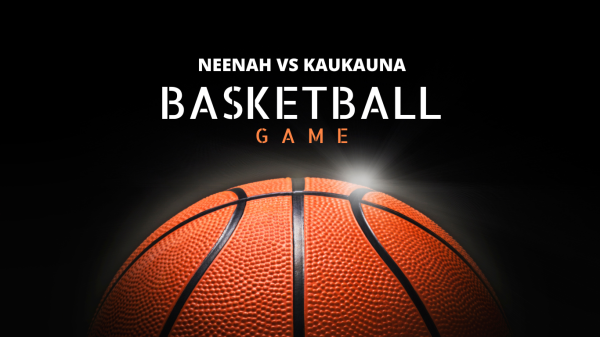
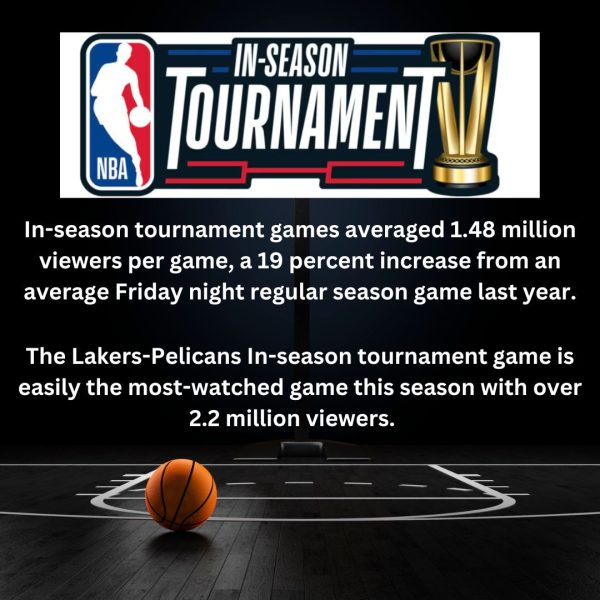

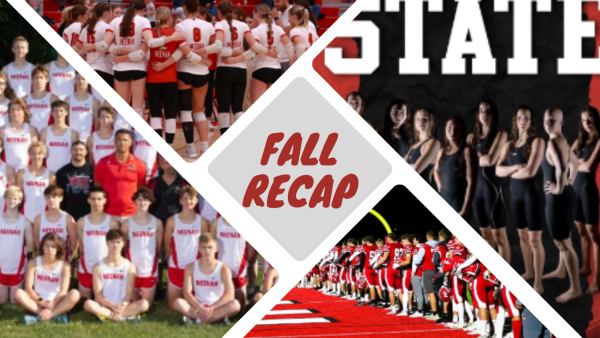
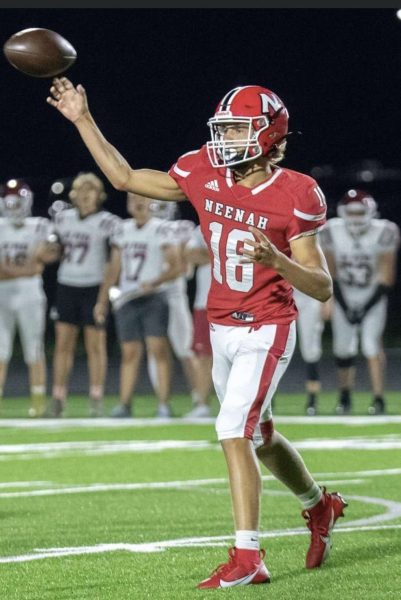
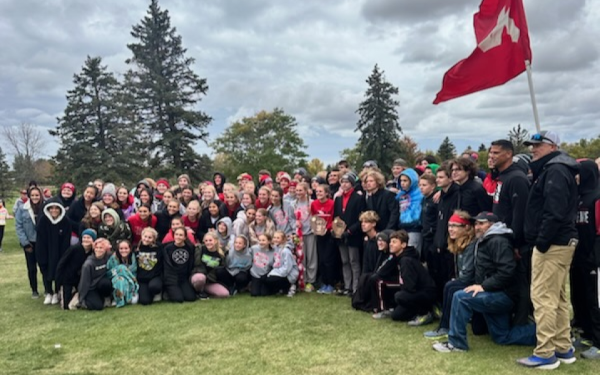
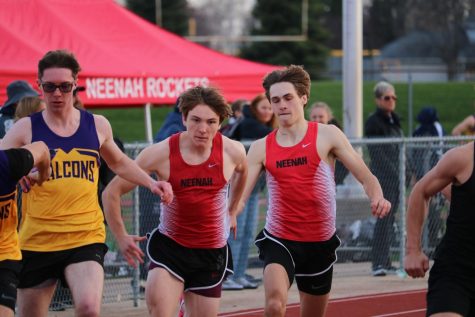
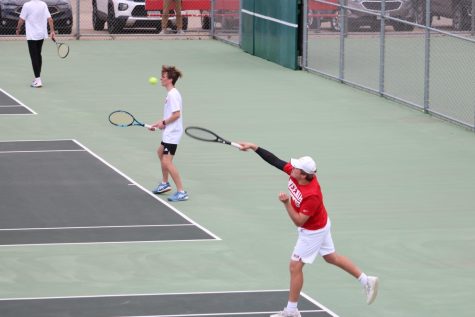
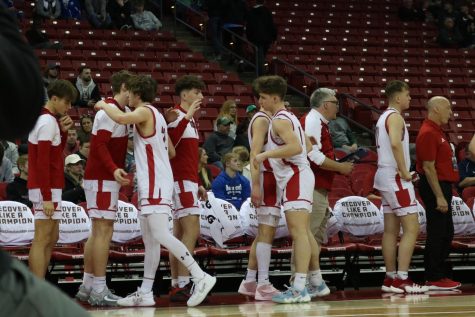
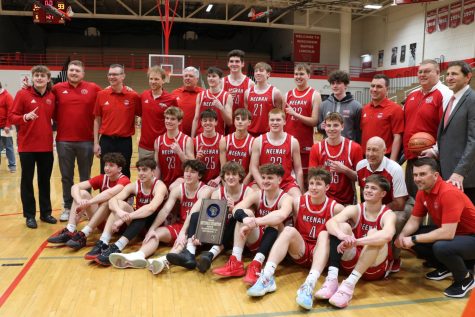
Brandon Beauchamp • Mar 11, 2018 at 5:17 PM
This upgrade to turf is long overdue. If I were to guess, most high schools of similar size to Neenah’s have some sort of turf facility to play on. If you truly want to have high-caliber athletic teams, you should have high-caliber facilities. And this doesn’t just apply to the football field now. Look at any of the athletic facilities at our high school. My personal opinion, which I feel I am entitled to because I’ve played sports all my life and at many different venues in the Fox Valley, is that there is no room, field, or stadium in our district that people say “wow, that’s the best field I’ve ever played on.” That needs to change if we want to have the community rally around our teams and support them.